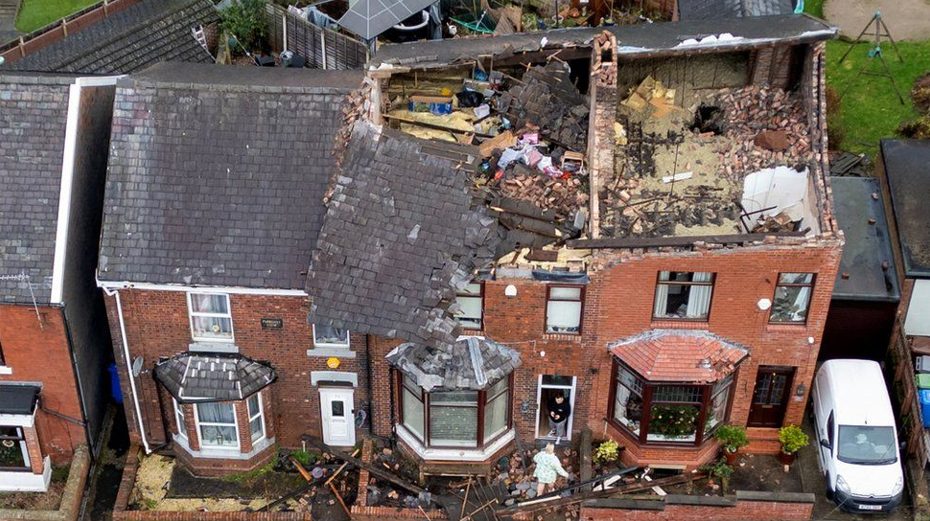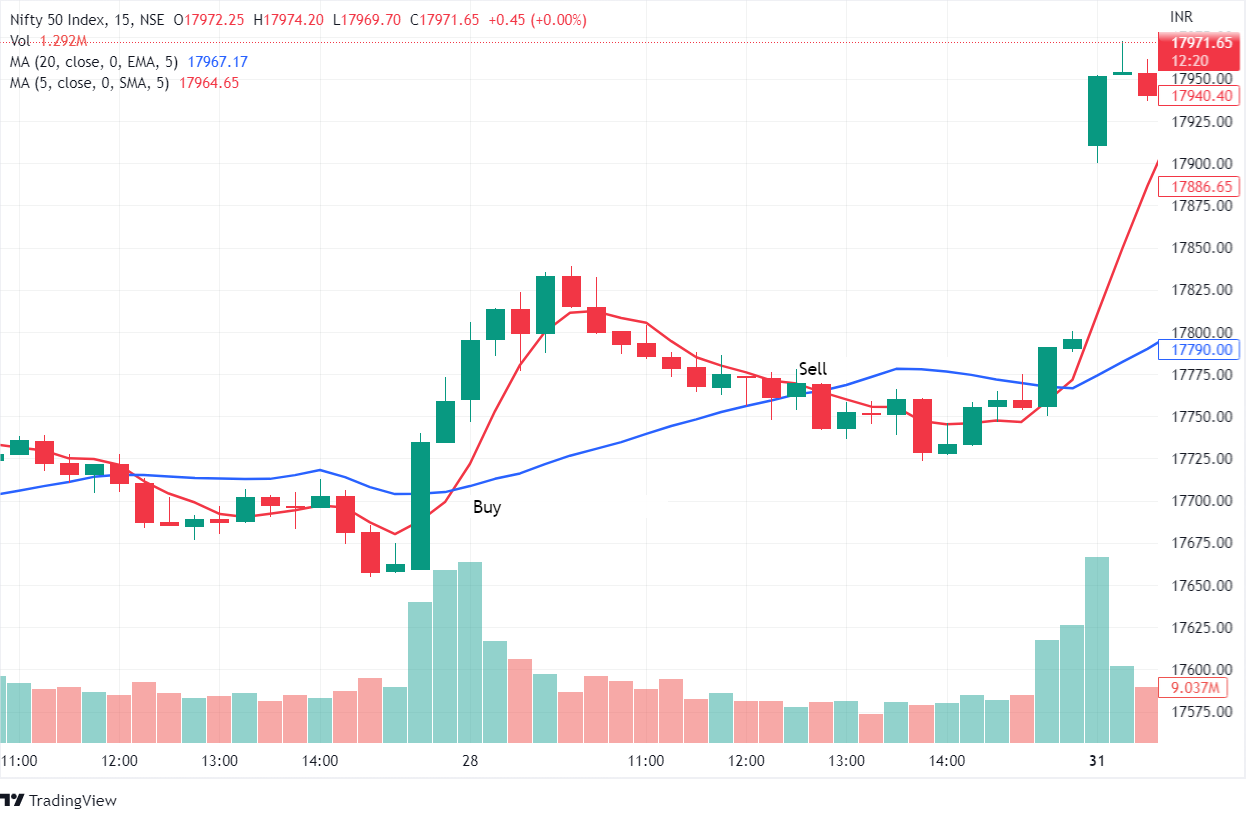In today’s complex legal landscape, two terms often rise to the forefront: protective orders and restraining orders. These are not mere legal jargons but tangible lifelines for many, acting as shields against potential harm.
- Purpose and Distinction:
- At first glance, they might seem interchangeable, but there’s more beneath the surface. Delving deeper helps discern their unique roles and implications.
While many individuals have encountered these terms, be it in news, TV shows, or personal experiences, their nuances remain elusive to most.
- Real-life Implications:
- Think about the people they affect: from someone seeking safety from an abuser to another contesting its basis.
- These orders carry weight, often tipping the scales of justice and personal safety.
As we set the stage to navigate this intricate web, our focus will remain on offering clarity. By journey’s end, you’ll not only understand their distinctions but also the critical roles they play in the broader justice system.
- Dive In:
- This isn’t just about definitions; it’s a deep dive into the fabric of protective rights. Prepare to emerge informed and empowered.

1. Understanding Protective and Restraining Orders
Ever been in a beautiful garden? Now imagine, in that garden, you’ve got a fence. A fence that defines where your paradise starts and ends. That’s your protective order – a garden fence, setting boundaries.
But what happens if someone dares to jump over that fence? That’s where the restraining order comes in. It’s the alarm that blares when someone tries to breach your space, telling them they’ve crossed a line.
1.1 What is a protective order in the US?
- Have you ever seen those “No Trespassing” signs? A protective order is like that, but fortified with the weight of the law.
- It’s a legal document that screams, “Stay out!” But why do people need them?
- Did you know? Every year, thousands turn to protective orders as a beacon of safety, guarding against looming threats. The tale of Sarah, a Texas mom who used this to shield her kids from a menacing neighbor, is a testament to its power.
1.2 How does a restraining order work in the US?
- Picture this: An intruder hops your fence, and alarms ring out. That’s the essence of a restraining order.
- It doesn’t just warn; it has consequences. Cross the line, and the law comes knocking.
- Take the 2019 case of Hollywood celeb, who had a fan too close for comfort. A restraining order wasn’t just paperwork; it was peace of mind.
1.3 What are the reasons for a protection order in the USA?
- It’s not all about scary neighbors or obsessed fans. Sometimes, it’s about keeping the past at bay.
- Escape from Abuse: Many seek it as an exit ticket from abusive relationships.
- Guarding the Vulnerable: Children, the elderly, or those facing threats – they all need that fence.
- Peace of Mind: It’s the assurance that there’s a legal barrier between you and harm.
1.4 What are the reasons for a restraining order in the USA?
- The reasons are vast and varied, but they boil down to one thing: personal safety.
- Stalker on the Loose: Like that singer who couldn’t shake off an obsessed admirer.
- Dangerous Liaisons: Past relationships turning sour and threatening.
- No More Surprises: It’s the law’s way of saying, “Enough’s enough.”
Remember, protective and restraining orders are more than just paperwork. They’re a testament to personal boundaries, safety, and the law’s power to uphold them. So, next time you’re in a garden, think of that fence. It’s not just wood and nails; it’s a declaration of personal space. And if someone tries to invade? Well, alarms are ready to sound the alert.
2. Costs and Durations
Money matters, doesn’t it? So does time. When navigating the labyrinth of protective and restraining orders, you can’t help but wonder, “What’s this gonna cost me?” And, “How long will it last?” Let’s unravel that.
2.1 How much does a restraining order cost in the US?
- Sure, safety’s priceless. But, there’s often a tag.
- Depending on your state, getting a restraining order might set you back anywhere from zero bucks to a couple hundred. Yep, sometimes it’s free!
- Real-life Rundown: Jane from California spent around $400, but her peace of mind? Priceless.
2.2 How much is a protective order in the USA?
- Imagine putting up a fence; costs vary, right?
- Some states might let you put up this legal “fence” for free, especially if you’re a domestic abuse survivor. Others might ask for a fee, but often, waivers are available if you’re tight on cash.
- Quick Fact: In states like New York, victims of abuse often don’t pay a dime.
2.3 What is the longest you can get a restraining order?
- Think of it as a subscription to safety.
- Most last a year, but some can be extended. In exceptional cases, they could even be indefinite. Forever peace of mind, anyone?
- For Instance: Amy’s ex wouldn’t back off. First, she got a year-long order. When he persisted? The court made it permanent.
2.4 What is the shortest distance for a restraining order?
- How close is too close? That’s the million-dollar question.
- Typically, the restrained person has to stay 100 yards away. But, sometimes, especially in dense urban areas, that can shrink. Safety first, always.
- True Story: Mike lived in a bustling NYC block. His restraining order? It mandated a 50-yard distance. Close quarters, closer watch.
Pulling back the curtain, it’s clear: protective and restraining orders are more than legal jargon. They’re intertwined with everyday realities, from your wallet’s weight to the ticking clock. The bottom line? Safety might have a price, but peace of mind is worth every penny and second.
3. Consequences and Penalties
Actions have reactions, right? You step over a line, and you better be ready for the fallout. When it comes to protective and restraining orders, this isn’t just about metaphorical lines. We’re talking boundaries set in stone – and the weighty consequences of crossing them.
3.1 What is the penalty for violating a protective order in the US?
- Think of a protective order like an electric fence. Touch it, and you’re zapped!
- Cross this boundary, and you might find yourself facing fines, jail time, or both. The justice system doesn’t kid around here.
- Here’s the Scoop: In states like Virginia, a first-time violation can mean up to a year in jail. Repeat offenders? They’re looking at even stiffer penalties.
3.2 What is the penalty for breaking a restraining order in the US?
- Remember our alarm analogy? Well, when it sounds, consequences follow swiftly.
- Break this, and you’re not just getting a slap on the wrist. You’re looking at potential time behind bars, hefty fines, and a serious blemish on your record.
- Consider This: Jake, from Florida, thought he could sneak past a restraining order. His reward? Six months of jail time and a $1,000 fine.
3.3 What happens when someone breaks a restraining order in the US?
- It’s like setting off a siren. The law swoops in, fast and hard.
- First off, the violator can be arrested. Then, there’s court hearings, potential probation, mandatory classes, or even protective custody for the person who sought the order.
- A Glimpse from Reality: Emily from Oregon had her ex violate the order twice. By the third time, he was staring at a prolonged jail sentence.
3.4 Are restraining orders public record in the US?
- Ever heard the phrase, “It’s on your permanent record”? It’s not just a thing teachers say.
- Yes, they typically are public. That means employers, landlords, or just about anyone could find out about it.
- Did You Know? Sarah lost a job opportunity in Washington because her prospective employer pulled up a past restraining order. Transparency has its ups and downs.
Crossing boundaries isn’t just about facing the music; it’s a symphony of repercussions. Protective and restraining orders might seem like mere pieces of paper, but in reality? They’re shields. And trying to bulldoze through them triggers a domino effect of legal consequences. Play safe, play smart.
4. Challenges and Defenses
We’ve all heard tales of David vs. Goliath, right? In the realm of protective and restraining orders, not everything is as black and white as it seems. There’s the accuser, the accused, and a swirling gray area in between. Let’s dive into the defense side, where challenge meets strategy.

4.1 Can you fight a protection order in the US?
- Ever felt cornered, even when you’re innocent? Here’s the thing: a protection order isn’t the final say.
- You’ve got rights, options, and, yes, the ability to contest it. No one’s throwing you to the wolves without a fair chance.
- In the Spotlight: Tom from Arizona felt blindsided by a protection order from a disgruntled ex. With solid evidence and a sharp lawyer, he turned the tables.
4.2 How do I fight a restraining order in the US?
- So, an order’s slapped on you. Now what? First, breathe. Second, strategize.
- From gathering evidence to leveraging witnesses and hiring legal counsel, the battle might be uphill, but it’s not insurmountable.
- Real Talk: Remember Lucy from Michigan? Accused unfairly by a neighbor over a property spat, she successfully fought her restraining order. Her mantra? Truth and perseverance.
Standing up against an order isn’t about being defiant or dismissive of genuine concerns. It’s about ensuring justice is served on both sides of the fence. Every story has multiple facets, and while the safety net of protective and restraining orders is crucial, so is the right to fair defense. After all, in the court of law, everyone deserves their day, their say, and their defense play.
Conclusion
Stepping back, it’s clear: navigating protective and restraining orders is no walk in the park. But with understanding comes empowerment. Let’s round it up:
A Dynamic Duo:
- Protective orders are the fences we build.
- Restraining orders? The alarms that scream boundaries.
Why It Matters:
- For some, it’s a lifeline. For others, a challenge to tackle.
- It’s not just legal jargon. It’s people, stories, and real stakes.
The Bigger Picture:
- Stay Informed: In a world of ever-evolving norms, know your rights.
- Seek Help: Legal mazes are tricky. Don’t go it alone.
- Stay Safe: Whether you’re seeking protection or clarity on an accusation, safety is paramount.
In the grand scheme, it’s about more than orders and boundaries. It’s about individuals navigating their paths amidst legal signposts. And remember, every fence, every alarm, is a testament to personal stories echoing in the corridors of law. Stay safe, stay informed, and always, always know where you stand.
Protective Order vs Restraining Order FAQ
What proof do you need for a restraining order in the USA?
In the USA, to obtain a restraining order, you typically need to provide evidence that someone has harassed, threatened, or harmed you. This can include text messages, emails, voicemails, photographs of injuries, or even witness testimonies. The specific requirements can vary by state, so consulting local laws or an attorney is advisable.
Is a no-contact order the same as a protective order?
No, they aren’t identical. A no-contact order generally prohibits someone from making any form of contact with another person. A protective order, however, is broader and may include stipulations like staying a specific distance away from the protected individual or not possessing firearms.
Is a no-contact order the same as a restraining order?
Not exactly. While both orders prohibit contact, a restraining order often results from civil cases and may contain specific conditions related to property, shared children, or pets. A no-contact order, typically stemming from criminal cases, strictly forbids any communication between the parties involved.
Is a protective order different than a gag order?
Yes, they serve different purposes. A protective order aims to protect an individual from harm or harassment. A gag order, on the other hand, prevents individuals, witnesses, or the media from discussing specific details of a legal case to ensure a fair trial.
Is a restraining order the same as an injunction?
While similar in nature, they aren’t the same. A restraining order is a short-term measure to prevent someone from certain actions or behaviors. An injunction, however, is a longer-term court order, requiring or preventing specific actions, often used in non-domestic cases like property disputes.







